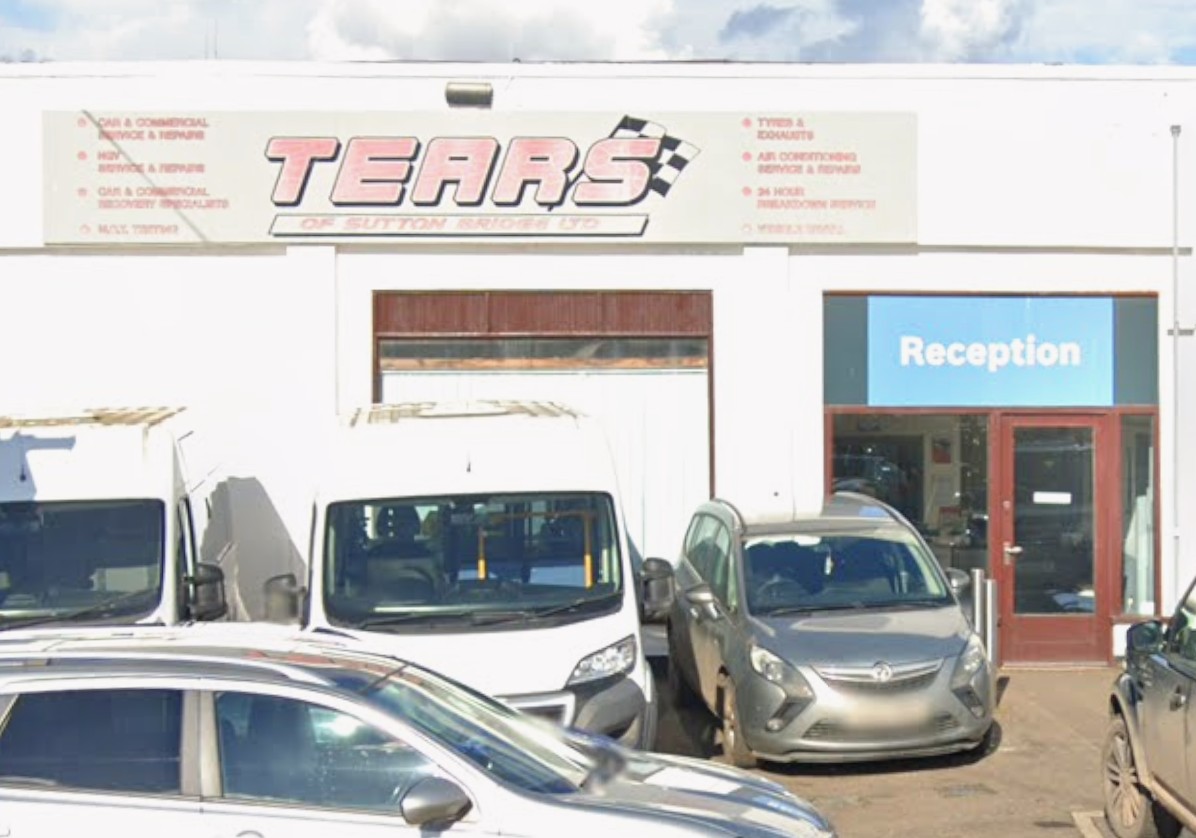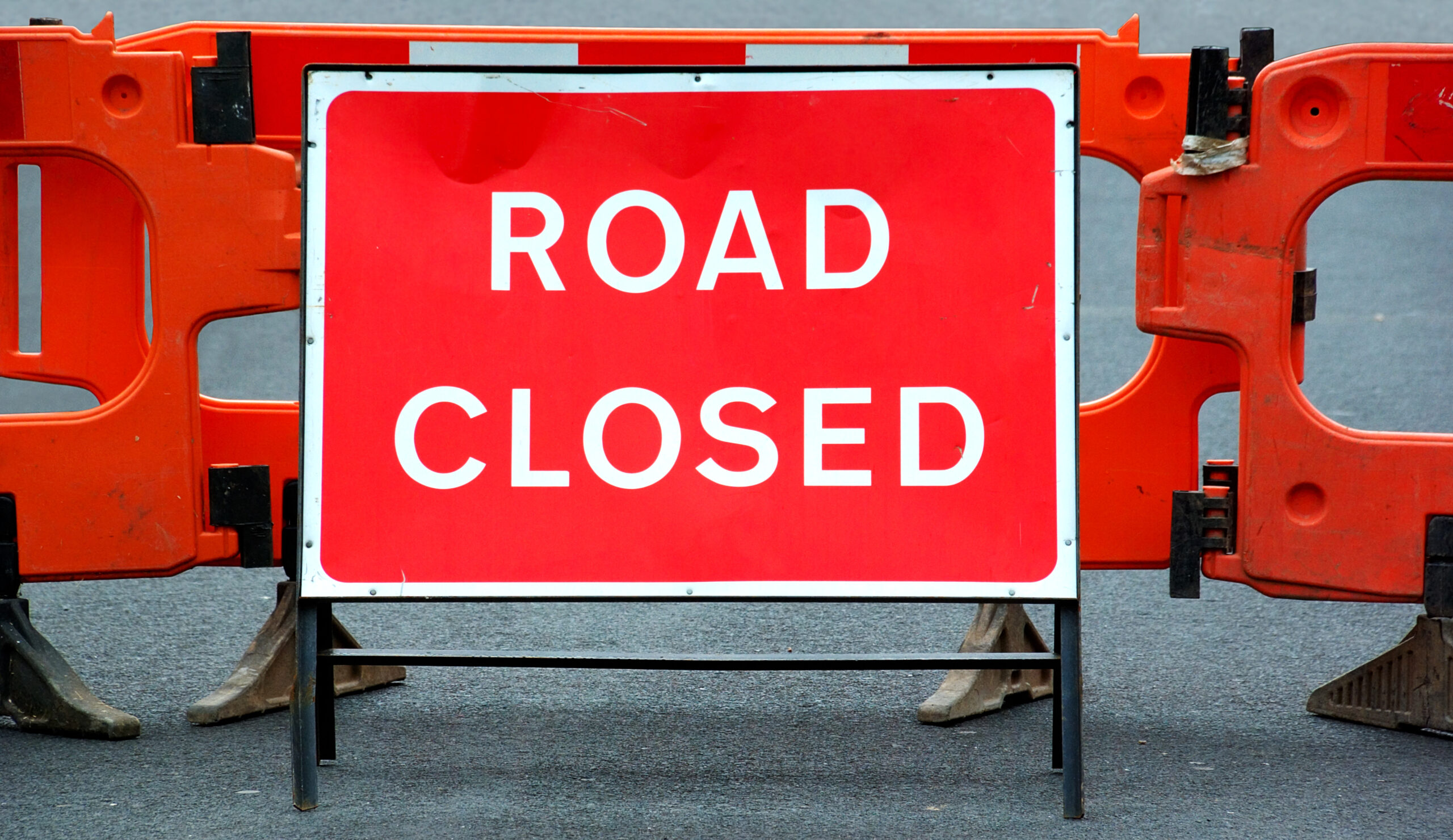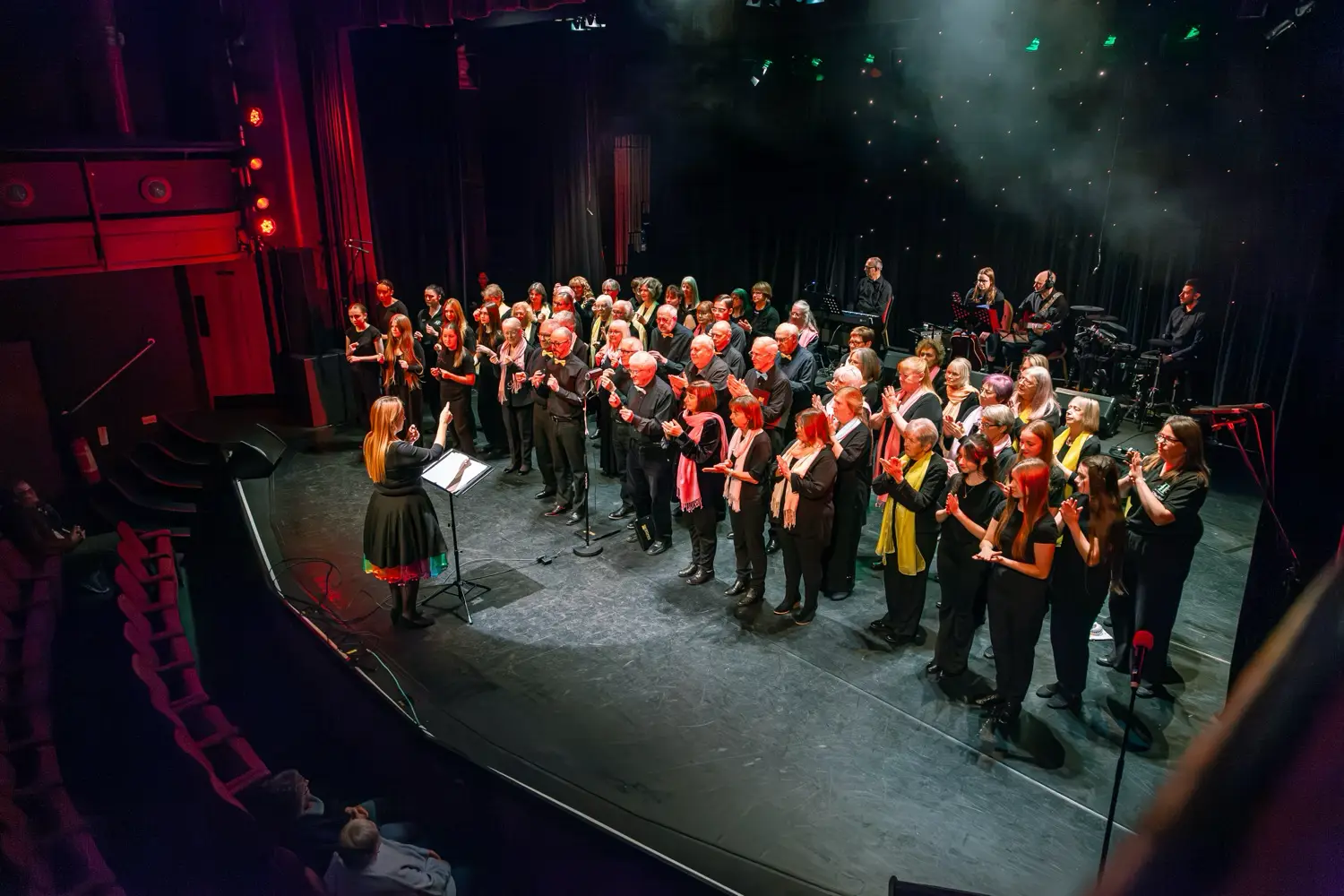John Tippler has put some of his memories down on paper for readers to enjoy.
In the 1930s, crossing the King’s Road footbridge, which spanned the 13 tracks of the shunting yard, was a small boy’s delight.
There were usually several shunting engines at work, backwards and forwards, backwards and forwards, with great puffs of smoky steam billowing upwards to envelop the bridge as they passed under.
Now and then came the special treat of a faster passenger train arriving at Spalding.
We rushed with excitement towards the spot where a train was about to go under the bridge, so as to be lost in the big warm steam cloud it puffed up.
When we grew a bit bigger (and naughtier) we would try to drop a stone down the engine chimney to see if it would explode. It never did!
At night time, the station and shunting yard were still busy, and the view from the bridge was a wonderland of dozens of red and green signal lights filling the dark – bright oil lights shining at the top of the forest of posts, for stop or go.
Somebody’s regular job was trimming all those wicks and refilling with oil.
In part of the shunting yard, railway horses were still used for shunting.
A horse would be hitched to a wagon and driven into a trot beside the track to get the wagon rolling at a decent speed.
The shunter ran alongside and at the critical moment would reach out with his long pole and detach the towing gear from the wagon, which would roll forward over a chosen set of points and join up with the desired train. Then new points settings were made as required and the process repeated until all waiting wagons were on their new trains.
A large part of the despatched goods traffic was locally grown flowers and produce going off to London and other big markets, and on Tuesdays trainloads of animals arrived for the cattle market at their own special separate platform.
Handy small boys could always get a job helping shoo the moo-ing, squealing, baa-ing animals in the right direction.
The station – always busy – had seven working platforms serving the (three?) railway companies that used it.
Two sets of tracks went off to the north, and four sets to the south, and there was an engine turntable just south of the station.
For those who had to wait, there was a refreshment room and waiting rooms, equipped with very cosy coal fires in the cold season.
W H Smith had a bookstall there – and no shop in town. And at that time you could get a train to London without having to change at Peterborough, the last London train being at 10pm or 10.30pm in the evening.
Over quite a bit of the town, people got to recognise the sound of some of the special trains going through.
At around 3.30am, the mail train stopped here with mail and newspapers on its way north.
About an hour later, the fish train on its way from Grimsby to London, went rattling through non-stop.
During the afternoon, the long important boat train, running daily from Liverpool to Harwich to link those keyports, raced through Spalding and out via the March line.
Winsover road crossing was bigger and busier in those days.
It had four rail tracks guarded by two sets of four gates, collectively known as ‘the curséd eight gates’.
A favourite saying was that if caught in a traffic queue while a train passed, you had time to leave your car, get a quick haircut at ‘slasher Moore’s’ at the top of Glenn Avenue, and be back in your car in time for the traffic to move on. Cyclists and pedestrians didn’t have to wait – they could use the footbridge provided.
Spalding’s largest signal box was sited on the Park Road side of the crossing.
My friend’s father was one of the signalmen in the 1930s, and the two of us sometimes used to visit him in the box – quite against company rules I imagine.
We were kept well away from the long row of control levers, but eagerly listened for the dinging bell that signalled a train due.
At that point, we were sometimes allowed to spin one or both of the big wheels that operated the crossing gates, first to let the train through, then to let the road traffic go again. Such a sense of importance for young boys!
Finally, there was a little publicised service unknowingly provided by the railways.
Near the St John’s Road end of the Green Lane footbridge, was a stable for some of the railway horses. It was not locked.
After cinema closing time, homeward bound courting couples would often make a diversion into there. One can only suppose they were especially fond of horses.
In more ways than one, the 1930s railways were part of the life of the town.
There was always something going on.








